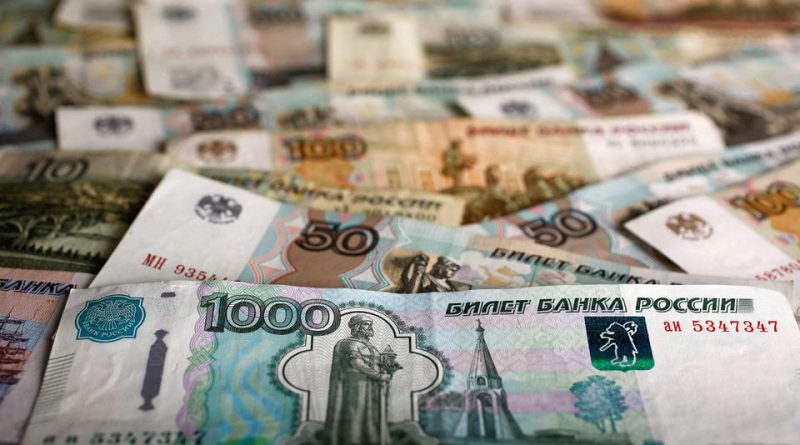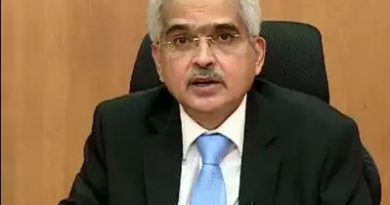Rouble heads away from 50 vs dollar as authorities flag interventions
Moscow (Reuters) – The rouble pared gains in volatile trade on Wednesday as Russia’s finance minister flagged possible interventions to ease upside pressure on the currency after it neared 50 against the dollar for the first time since May 2015.
The rouble has become the world’s best-performing currency this year, boosted by measures – including restrictions on Russian households withdrawing foreign currency savings – taken to shield Russia’s financial system from Western sanctions imposed after Moscow sent troops into Ukraine on Feb. 24.
The strong rouble raised concerns among officials and export-focused companies as it dents Russia’s income from selling commodities and other goods abroad for dollars and euros.
Many Russian companies, primarily non oil-and-gas exporters, are already suffering financially, said Evgeny Suvorov, an economist at CentroCreditBank.
Finance Minister Anton Siluanov said Russia could cut state spending and channel funds for foreign currency interventions to keep a lid on the rouble’s strengthening which threatens budget revenue.
The rouble pared gains after the comment and was 0.4% weaker on the day at 52.00 to the greenback at 1154 GMT after hitting 50.01.
Proceeds from commodity exports, a sharp drop in imports, and month-end tax payments in roubles by export-oriented Russian firms are further factors behind the currency’s gains.
“The rouble (is) set to retreat over the coming days… With the month’s main tax payments now in the rearview mirror, hard currency purchasers may begin to step in,” Sberbank CIB said in a note.
The rouble is up nearly 44% year-to-date on the Moscow Exchange but remains much weaker at banks. VTB (VTBR.MM), Russia’s No.2 bank, offered to sell cash dollars and euros at 63.45 and 67.85, respectively.
Deputy Prime Minister Andrei Belousov said this month that industry would be more comfortable if it fell between 70 to 80 against the dollar.
Against the euro, the rouble was 0.6% stronger at 54.20, having earlier climbed beyond 53 for the first time since April 2015 .
Capital controls have enabled the currency to shrug off what the White House and Moody’s credit agency said on Monday was the first default by Russia in more than a century on its international bonds.
The Kremlin, which has hard currency from oil and gas revenue to make the scheduled payments on the debt, has rejected the designation, calling it artificial and engineered by Western sanctions.
Just before Russia embarked on what it calls its “special military operation” in Ukraine, the rouble traded near 80 to the dollar and 90 against the euro. At that time it traded in free-float mode and, unsupported by capital controls, got hammered due to fears of sanctions.
On the stock market, the dollar-denominated RTS index (.IRTS) fell 1.1% to 1,449.1 points. The rouble-based MOEX Russian index (.IMOEX) was 1% lower at 2,384.5 points.



